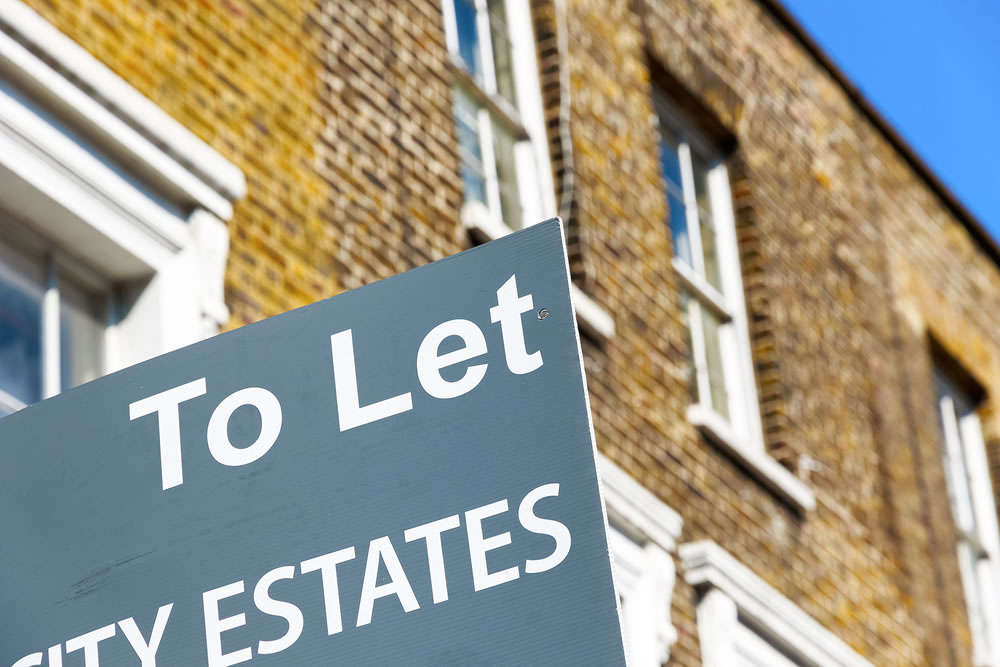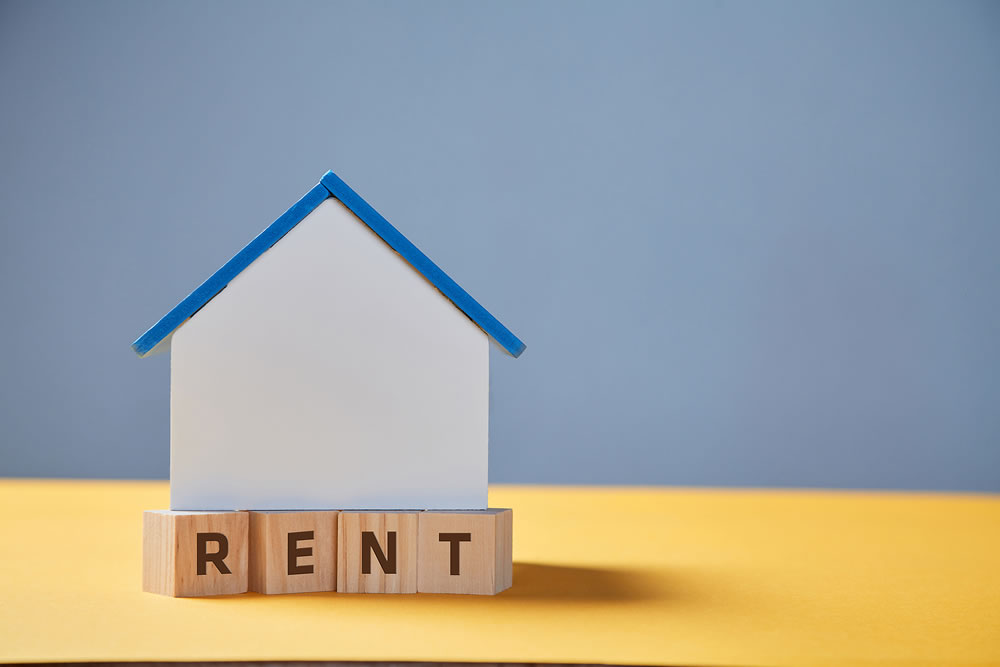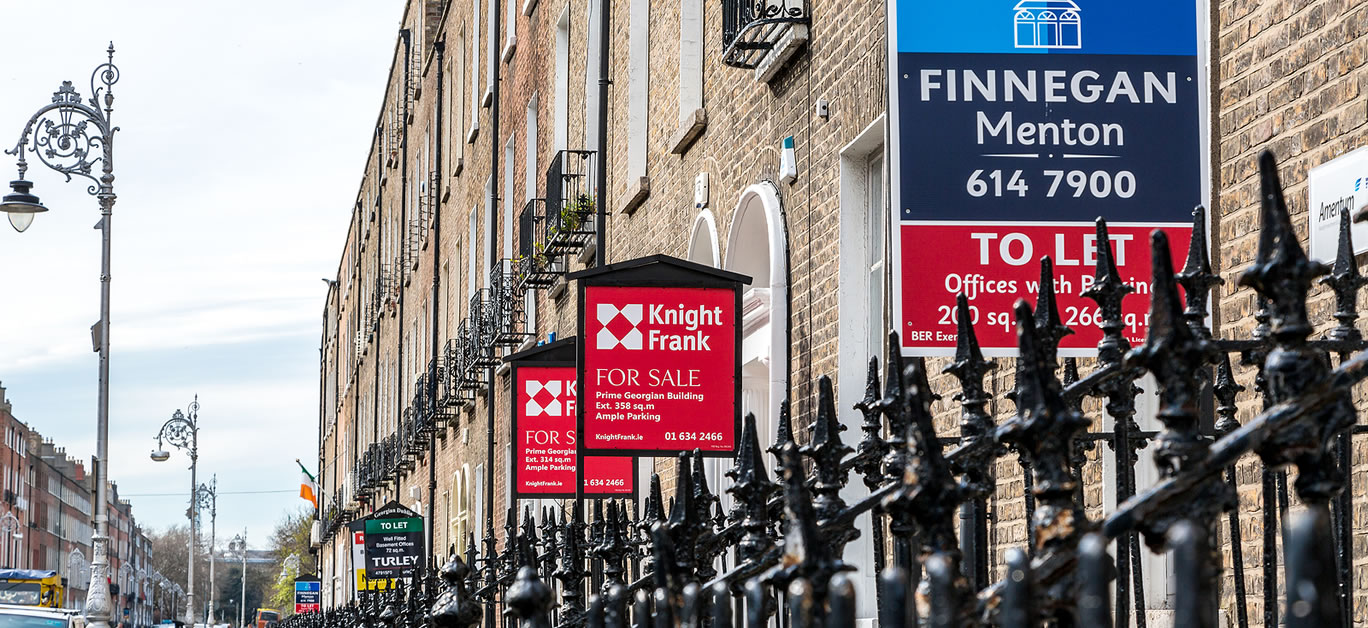Words by Paul Johnson, client banking and mortgage manager at St. James’s Place.
The global pandemic has prompted a renewed focus on storing strong, resilient investments for the long term, but all of the uncertainty and market instability has left many investors questioning what options they can rely upon for 2021 and beyond.
It’s little wonder property appears a safe haven right now. Rightmove reports asking prices rising 5.5% a year, with demand at a six-year high. Buy-to-let looks healthy, with frustrated young purchasers unable to afford a deposit on their own home. And the English Housing Survey shows a fifth of households now in the private rental sector – a proportion that’s growing fast.
But first impressions can be misleading – or, at least, show only one side of the story.
For example, how wise would investing in bricks and mortar seem in a year’s time when the stamp duty holiday ends – meaning buyers have to pay tax again on lower-cost homes? What if demand subsequently falls back, along with prices? Will buy-to-let still be attractive when tax relief measures on mortgage interest and capital gains are cut?
You get the point: property, like any investment, can be complex and it’s worth considering other opportunities to hedge your bets and safeguard your future.

What has 2020 taught investors?
Investment needs flexibility – for example, who at the start of 2020 anticipated the financial impact of the Covid-19 pandemic? If retirement is looming and you have only one investment option right now, and that hasn’t fared well in the past year, you’re in difficulty.
For an investment portfolio to be successful it needs to be diverse. If you’re too narrowly focused and choose a single investment option – no matter how appealing it is in the short term – it could create problems down the line.
Planning and tax considerations are long-term considerations for investment success, and it’s absolutely not too early for people in their 30s and 40s to get on board.
Assess your long-term goals
There’s still plenty to play for with property. The best buy-to-let investments can still produce annual yields of 5%, according to the Savills Residential Market Report of September 2020.
It’s important to be clear on what your goals are in the long-term, whether that is continuous income in the form of rent, or long-term gain through capital appreciation.

Here are some key considerations
• What kind of property is in demand locally? For example, does the area that you’re interested in have a dense student or young professional population? City centres and satellite locations continue to offer the highest rental yields, with the North West significantly higher.
• Are you prepared for all of the time that managing a buy-to-let property portfolio demands? Managing your portfolio yourself won’t eat into so much of your profits, but do you have the time for this? With the rise in remote working, the demand for better rental accommodation has increased which can add to the strain for landlords.
• Make the investment work for you by structuring it in the most tax-efficient way. Many landlords are choosing to invest through a limited company, but do you know what corporation tax is due? And how do you demonstrate that your purchases are of benefit to your company?
• Many buy-to-let lenders have recently increased their loan-to-value mortgage products which is a positive step, but what are the challenges for self-employed investors right now? It’s important you find the right lender if you’re going down this route.

• As well as the booming concept of the staycation, the buy-to-let market has some tax advantages not available to buy-to-let investors. Owners can claim all ongoing costs, including cleaning, agency fees and mortgage interest against their profit, reducing any income tax they have to pay. Holiday lets and short-term rentals also offer more flexibility when it comes to tenants, which can make it a more profitable option.
• A diverse range of investments is vital, along with an expert who’s up to date on regulation and legislation. Spread your investment portfolio out over a range of properties so that if one is struggling, the others can provide damage limitation. But having a diverse range of investments extends beyond just property; balance these assets with other forms of investments such as pensions, ISAs, stocks, shares, collectibles and bonds. There is so much choice when it comes to investment, but a balanced approach is needed now more than ever.
There’s great value in a long-term relationship with an adviser – someone who’s an expert in your corner, up to date with new opportunities and in tune with your goals and challenges.
For more information on St. James’s Place and the services and products the company provides, click here.






















